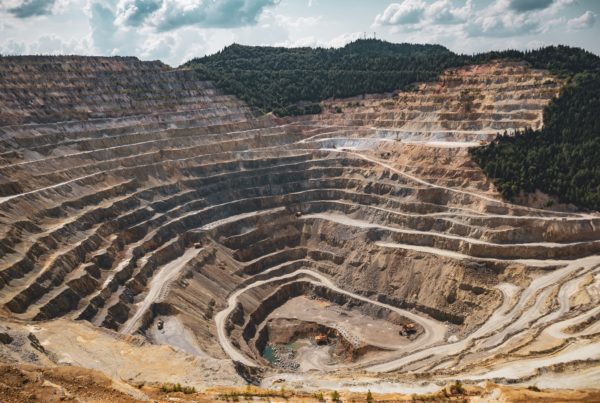
A new report commissioned by Asyad Group – Oman’s integrated logistics group – envisions the potential for the nation’s three main seaports at Suhar, Duqm and Salalah to be developed into ‘Hydrogen Valleys’ with a view to strengthening the country’s positioning as a global-scale producer and exporter of green energy.
The report,, titled The Potential of Hydrogen Transition for the Ports in the Sultanate of Oman”, was released during the Green Hydrogen Summit Oman 2022 (GHSO) Exhibition and Conference that concluded in Muscat on Thursday. Put together on Asyad’s behalf by Oman Hydrogen Centre (OHC) and Di Desert Energy, a prominent international think-thank, the report charts the way ahead for Oman’s ports to be fully integrated with the country’s future hydrogen ecosystem.
“It is without doubt that all three ports could be developed as hydrogen valleys, which could serve as catalysts to develop the entire hydrogen value chain in the country,” the report said. “All three ports shall develop a specific positioning with different unique selling propositions, with a well-coordinated long-term strategy as a key pillar in the energy and development strategy of Oman Vision 2040.”
Asyad Group, a subsidiary of Oman Investment Authority (OIA), describes ‘Hydrogen Valleys’ as a cluster of different elements of the value chain, such as facilities for zero/low-emission hydrogen production, storage, distribution, and final use in one geographical area, thereby forming an integrated ecosystem. Besides contributing to lower hydrogen costs, Hydrogen Valleys enhance the port’s investment appeal, increase adjacent industry localization, and promote the utilization of low-emission hydrogen.
In a message, Asyad Group CEO Abdulrahman al Hatmi said the report shows how Asyad Group is “ideally positioned to utilize its maritime muscles, superior brick-and-mortar infrastructure and innovative mindset to secure the necessary logistics competencies to support the national, regional and global drive to net-zero”
“This exploratory document provides a comprehensive view of the advanced capabilities of our three deep-water ports of Duqm, Suhar and Salalah to achieve our decarbonization targets and act as forward logistical operating bases for worldwide clean energy transport. With their ideal locations, our ports are prime regional and global candidates to become vital hydrogen logistics hubs, and later fully fledged hydrogen valleys,” Al Hatmi stated.
Significantly, the location of hydrogen hubs in the vicinity of Omani ports will also contribute to in-country value (IC) by extending the existing supply chain and attracting new energy-intensive industries, says Asyad Group.
“As pioneers in hydrogen applications, ports can help green existing industries, such as refineries, ammonia plants, or steel plants, and implement mobility solutions within and beyond their borders. With Carbon Capture and Storage (CCUS), ports can further support their decarbonization plans by producing low-carbon hydrogen, possibly using captured CO2 as a feedstock for synthetic fuel production,” the report explains.
Read the most up to date Fuel Cell and Hydrogen Industry news at FuelCellsWorks
According to Asyad Group, Oman should also aspire to become a global green energy production and bunkering hub. Omani ports, for example, are well-positioned to become a mid-way bunkering hub between Rotterdam (the Netherlands) and Singapore in the emerging hydrogen derivatives market, it says.
SOURCE: Observer




